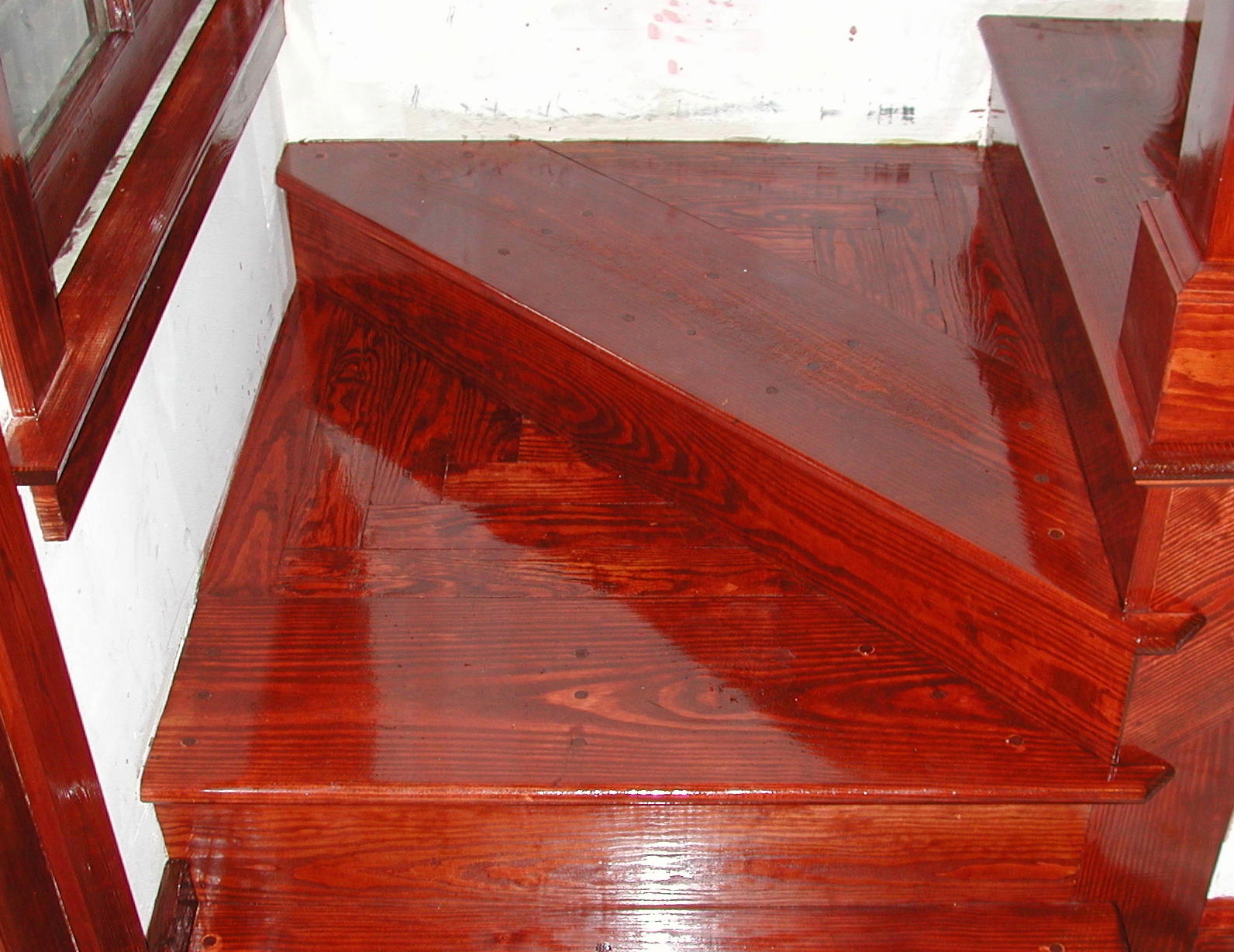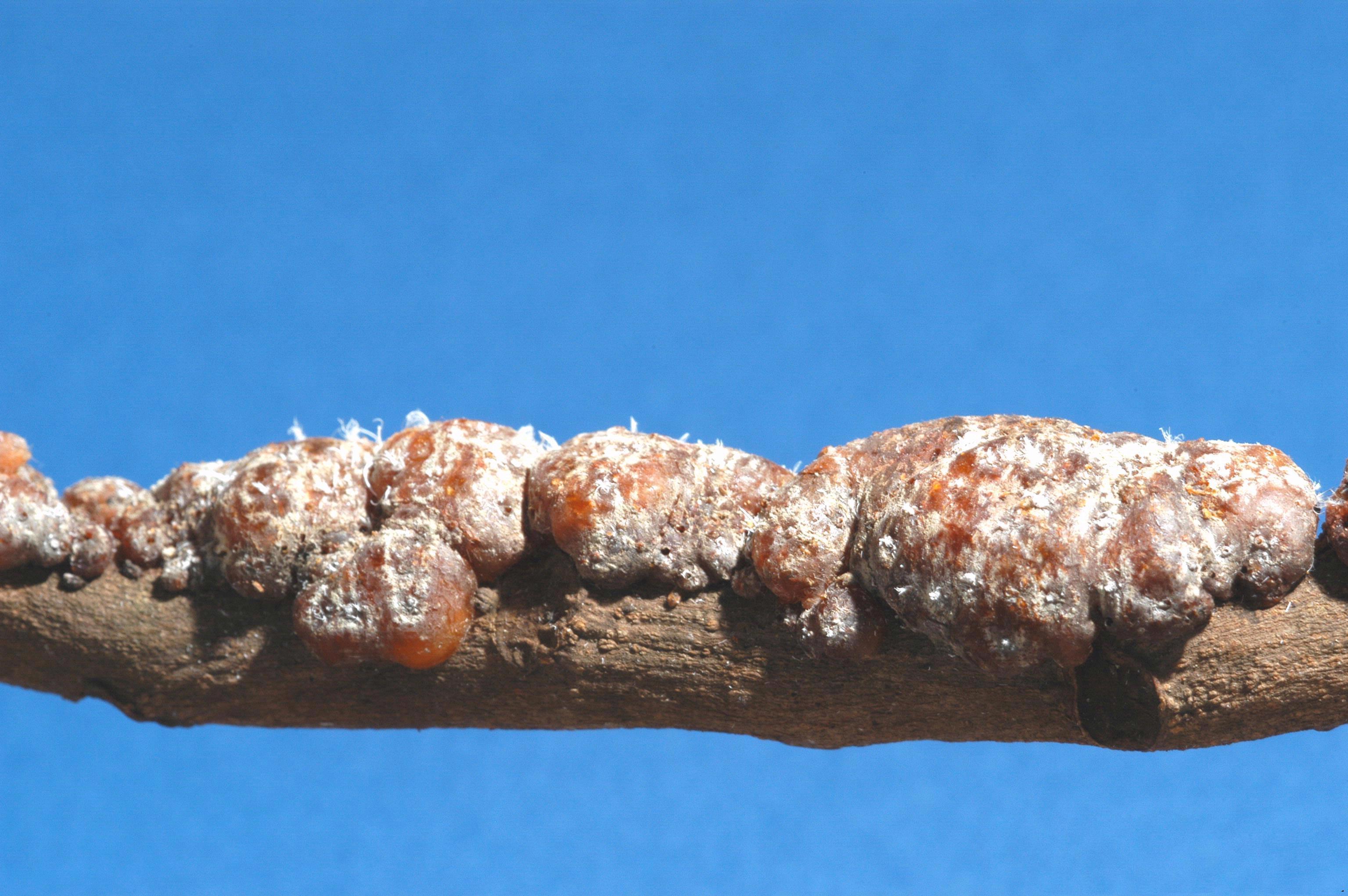|
Lac Insect
''Kerriidae'' is a family of scale insects, commonly known as lac insects or lac scales. Some members of the genera ''Metatachardia'', ''Tachardiella'', ''Austrotacharidia'', ''Afrotachardina'', ''Tachardina'', and ''Kerria'' are raised for commercial purposes, though the most commonly cultivated species is ''Kerria lacca''. These insects secrete a waxy resin that is harvested and converted commercially into lac and shellac, used in various dyes, cosmetics, food glazes, wood finishing varnishes and polishes. Species include: *''Kerria lacca'' – true lac scale *''Paratachardina decorella'' – rosette lac scale *''Paratachardina pseudolobata'' – lobate lac scale See also * Shellac * Lac Lac is the resinous secretion of a number of species of lac insects, of which the most commonly cultivated is ''Kerria lacca''. Cultivation begins when a farmer gets a stick that contains eggs ready to hatch and ties it to the tree to be infes ... References * External links * *Taxonomy ... [...More Info...] [...Related Items...] OR: [Wikipedia] [Google] [Baidu] |
Paratachardina Decorella
''Paratachardina decorella'', the rosette lac scale, is a scale insect in the Kerriidae ''Kerriidae'' is a family of scale insects, commonly known as lac insects or lac scales. Some members of the genera ''Metatachardia'', ''Tachardiella'', ''Austrotacharidia'', ''Afrotachardina'', ''Tachardina'', and ''Kerria'' are raised for comme ... family. References Kerriidae {{Coccoidea-stub ... [...More Info...] [...Related Items...] OR: [Wikipedia] [Google] [Baidu] |
Resin
In polymer chemistry and materials science, resin is a solid or highly viscous substance of plant or synthetic origin that is typically convertible into polymers. Resins are usually mixtures of organic compounds. This article focuses on naturally occurring resins. Plants secrete resins for their protective benefits in response to injury. The resin protects the plant from insects and pathogens. Resins confound a wide range of herbivores, insects, and pathogens, while the volatile phenolic compounds may attract benefactors such as parasitoids or predators of the herbivores that attack the plant. Composition Most plant resins are composed of terpenes. Specific components are alpha-pinene, beta-pinene, delta-3 carene, and sabinene, the monocyclic terpenes limonene and terpinolene, and smaller amounts of the tricyclic sesquiterpenes, longifolene, caryophyllene, and delta-cadinene. Some resins also contain a high proportion of resin acids. Rosins on the other hand are less ... [...More Info...] [...Related Items...] OR: [Wikipedia] [Google] [Baidu] |
Scale Insects
Scale insects are small insects of the order Hemiptera, suborder Sternorrhyncha. Of dramatically variable appearance and extreme sexual dimorphism, they comprise the infraorder Coccomorpha which is considered a more convenient grouping than the superfamily Coccoidea due to taxonomic uncertainties. Adult females typically have soft bodies and no limbs, and are concealed underneath domed scales, extruding quantities of wax for protection. Some species are hermaphroditic, with a combined ovotestis instead of separate ovaries and testes. Males, in the species where they occur, have legs and sometimes wings, and resemble small flies. Scale insects are herbivores, piercing plant tissues with their mouthparts and remaining in one place, feeding on sap. The excess fluid they imbibe is secreted as honeydew on which sooty mold tends to grow. The insects often have a mutualistic relationship with ants, which feed on the honeydew and protect them from predators. There are about 8,000 descr ... [...More Info...] [...Related Items...] OR: [Wikipedia] [Google] [Baidu] |
Kerriidae
''Kerriidae'' is a family of scale insects, commonly known as lac insects or lac scales. Some members of the genera ''Metatachardia'', ''Tachardiella'', ''Austrotacharidia'', ''Afrotachardina'', ''Tachardina'', and ''Kerria'' are raised for commercial purposes, though the most commonly cultivated species is ''Kerria lacca''. These insects secrete a waxy resin that is harvested and converted commercially into lac and shellac, used in various dyes, cosmetics, food glazes, wood finishing varnishes and polishes. Species include: *''Kerria lacca'' – true lac scale *''Paratachardina decorella'' – rosette lac scale *''Paratachardina pseudolobata'' – lobate lac scale See also * Shellac * Lac Lac is the resinous secretion of a number of species of lac insects, of which the most commonly cultivated is ''Kerria lacca''. Cultivation begins when a farmer gets a stick that contains eggs ready to hatch and ties it to the tree to be infes ... References * External links * *Taxonomy ... [...More Info...] [...Related Items...] OR: [Wikipedia] [Google] [Baidu] |
Shellac
Shellac () is a resin secreted by the female lac bug on trees in the forests of India and Thailand. It is processed and sold as dry flakes and dissolved in alcohol to make liquid shellac, which is used as a brush-on colorant, food glaze and wood finish. Shellac functions as a tough natural primer, sanding sealant, tannin-blocker, odour-blocker, stain, and high-gloss varnish. Shellac was once used in electrical applications as it possesses good insulation qualities and it seals out moisture. Phonograph and 78 rpm gramophone records were made of it until they were replaced by vinyl long-playing records from 1948 onwards. From the time it replaced oil and wax finishes in the 19th century, shellac was one of the dominant wood finishes in the western world until it was largely replaced by nitrocellulose lacquer in the 1920s and 1930s. Etymology ''Shellac'' comes from ''shell'' and ''lac'', a calque of French , 'lac in thin pieces', later , 'gum lac'. Most European langua ... [...More Info...] [...Related Items...] OR: [Wikipedia] [Google] [Baidu] |
Paratachardina Pseudolobata
''Paratachardina pseudolobata'', the lobate lac scale, is a polyphagous and pestiferous lac scale insect, which damages trees and woody shrubs in Cuba, Florida, the Bahamas and the Australian territory of Christmas Island. It was mistakenly identified as '' Paratachardina lobata'' (Chamberlin), an insect native to India and Sri Lanka, but was in 2007 recognized and named as a distinct species based on material from Florida; its native distribution is as yet unknown. The new lac insect was described based on all stages of the female (adult, second-instar nymph and first-instar nymph), during the revision of the genus ''Paratachardina'', wherein all its known species were redescribed. Biology The lobate lac insect is known to feed on more than 300 plant species.Howard et alLobate lac scale, ''Paratachardina pseudolobata'' Kondo & Gullan.''Featured Creatures''. 2008. Last accessed 2008-12-19 It reproduces parthenogenetically Parthenogenesis (; from the Greek grc, παρθέν ... [...More Info...] [...Related Items...] OR: [Wikipedia] [Google] [Baidu] |
Varnish
Varnish is a clear transparent hard protective coating or film. It is not a stain. It usually has a yellowish shade from the manufacturing process and materials used, but it may also be pigmented as desired, and is sold commercially in various shades. Varnish is primarily used as a wood finish where, stained or not, the distinctive tones and grains in the wood are intended to be visible. Varnish finishes are naturally glossy, but satin/semi-gloss and flat sheens are available. History The word "varnish" comes from Mediaeval Latin ''vernix'', meaning odorous resin, itself derived from Middle Greek ''berōnikón'' or ''beroníkē'', meaning amber or amber-colored glass. A false etymology traces the word to the Greek ''Berenice'', the ancient name of modern Benghazi in Libya, where the first varnishes in the Mediterranean area were supposedly used and where resins from the trees of now-vanished forests were sold. Early varnishes were developed by mixing resin—pine sap, for ex ... [...More Info...] [...Related Items...] OR: [Wikipedia] [Google] [Baidu] |
Food Glaze
Food is any substance consumed by an organism for nutritional support. Food is usually of plant, animal, or fungal origin, and contains essential nutrients, such as carbohydrates, fats, proteins, vitamins, or minerals. The substance is ingested by an organism and assimilated by the organism's cells to provide energy, maintain life, or stimulate growth. Different species of animals have different feeding behaviours that satisfy the needs of their unique metabolisms, often evolved to fill a specific ecological niche within specific geographical contexts. Omnivorous humans are highly adaptable and have adapted to obtain food in many different ecosystems. The majority of the food energy required is supplied by the industrial food industry, which produces food with intensive agriculture and distributes it through complex food processing and food distribution systems. This system of conventional agriculture relies heavily on fossil fuels, which means that the food and agricultur ... [...More Info...] [...Related Items...] OR: [Wikipedia] [Google] [Baidu] |
Shellac
Shellac () is a resin secreted by the female lac bug on trees in the forests of India and Thailand. It is processed and sold as dry flakes and dissolved in alcohol to make liquid shellac, which is used as a brush-on colorant, food glaze and wood finish. Shellac functions as a tough natural primer, sanding sealant, tannin-blocker, odour-blocker, stain, and high-gloss varnish. Shellac was once used in electrical applications as it possesses good insulation qualities and it seals out moisture. Phonograph and 78 rpm gramophone records were made of it until they were replaced by vinyl long-playing records from 1948 onwards. From the time it replaced oil and wax finishes in the 19th century, shellac was one of the dominant wood finishes in the western world until it was largely replaced by nitrocellulose lacquer in the 1920s and 1930s. Etymology ''Shellac'' comes from ''shell'' and ''lac'', a calque of French , 'lac in thin pieces', later , 'gum lac'. Most European langua ... [...More Info...] [...Related Items...] OR: [Wikipedia] [Google] [Baidu] |
Kerria Lacca
''Kerria lacca'' is a species of insect in the family Kerriidae, the lac insects. These are in the superfamily Coccoidea, the scale insects. This species is perhaps the most commercially important lac insect, being a main source of lac, a resin which can be refined into shellac and other products.Raman, A. (2014)Discovery of ''Kerria lacca'' (Insecta: Hemiptera: Coccoidea), the lac insect, in India in the late 18th century.''Current Science'' 106(6), 886. This insect is native to Asia.Ahmad, A., et al. (2012)Mouthparts and stylet penetration of the lac insect ''Kerria lacca'' (Kerr) (Hemiptera: Tachardiidae).''Arthropod Structure & Development'' 41, 435-441. Biology ''Kerria lacca'' produces a dye and a wax as natural secretions. The life cycle of this scale insect proceeds with the first instar of the larval stages, which are known as "crawlers". Larvae in this stage crawl along the branches of their host plants and feed on the phloem. As they pierce the branches to reach the phl ... [...More Info...] [...Related Items...] OR: [Wikipedia] [Google] [Baidu] |
Coccoidea
Scale insects are small insects of the Order (biology), order Hemiptera, suborder Sternorrhyncha. Of dramatically variable appearance and extreme sexual dimorphism, they comprise the infraorder Coccomorpha which is considered a more convenient grouping than the superfamily Coccoidea due to taxonomic uncertainties. Adult females typically have soft bodies and no limbs, and are concealed underneath domed scales, extruding quantities of wax for protection. Some species are hermaphroditic, with a combined ovotestis instead of separate ovaries and testes. Males, in the species where they occur, have legs and sometimes wings, and resemble small flies. Scale insects are herbivores, piercing plant tissues with their mouthparts and remaining in one place, feeding on sap. The excess fluid they imbibe is secreted as Honeydew (secretion), honeydew on which sooty mold tends to grow. The insects often have a Mutualism (biology), mutualistic relationship with ants, which feed on the honeydew and ... [...More Info...] [...Related Items...] OR: [Wikipedia] [Google] [Baidu] |
.jpg)






.jpg)